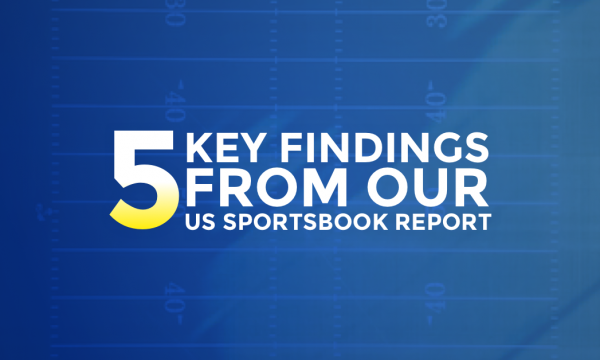After introducing the mobile friendly tag back in April, Google has announced that it will be removing the tag for any website that tries to promote its mobile application with an overlay that blocks on-page content.
The updated policy, which comes into force in November, will affect any site that promotes its mobile app via interstitial banners or overlays that obscures content on the page. Google claims that the change will encourage a better experience for its users.
Mobile friendliness is a much publicised ranking factor for Google, so the loss of the tag could result in a fall in organic search ranking and traffic.
Keep your mobile friendly tag

Google has already updated its ‘mobile friendly’ tool, and will now indicate whether a site overlay would cause a page to fail the mobile friendly criteria.
Although the impact of the change could be disastrous for some mobile sites, there’s no need to panic too much as the majority of sites are already promoting their app in the correct way using the standard browser ‘app install banners’.

Ladbrokes (left) uses the standard app install banner, the practice encouraged by Google. LinkedIn, directs mobile users to a promotion for the app.
As we’ll show you these standard app install banners are simple enough to implement correctly, and are already widely accepted and trusted by mobile users as a link to a mobile app.
App install banner – iOS

To implement a standard app install banner in Safari simply add the following meta tag into each page you would like the banner to appear on, changing ‘myAppStoreID’ to be your app ID as provided by the iTunes Link Maker in the app store.
<meta name="apple-itunes-app" content="app-id=myAppStoreID">
This code will display the simplest Smart Banner for your app in iOS Safari. However, there are other optional attributes that enable features such as deep linking within your native app, which can also be added to enhance the user experience.
App install banner – Android
For Android, the approach is slightly more difficult, but not too complex. The process does require you to have a web app manifest file that it is linked to from your web page.
Simply add the following into your manifest file, switching out the id for your native app:
{
"prefer_related_applications": true, "related_applications": [
{
"platform": "play",
"id": "com.google.samples.apps.iosched"
}
]
}
You then link to this manifest file in the head of your page:
<link rel="manifest" href="/manifest.json">
It is also worth noting that Google will require your site to be served over a HTTPS protocol, and the banner will not display until the user has visited your site twice in one week. Full details about this and the other additional features can be found on the Google Developer’s Blog.
What does the future hold?

This is a pretty clear indication from Google that the mobile friendly criteria are going to continue to evolve. This update may only cover app download interstitials but there are already clear signs from Google that other content overlays and annoyances are next. A recent post on the Google Developer’s Blog claimed:
“Since screen real-estate on mobile devices is limited, any interstitial negatively impacts the user’s experience.”
Download our free SEO strategy guide, which includes practical insights, step-by-step recommendations and checklists to help you develop an effective and sustainable SEO strategy.



